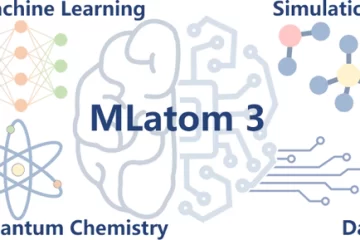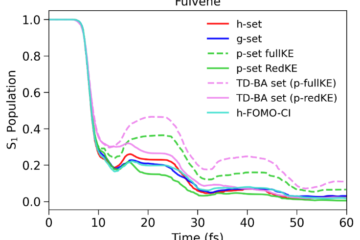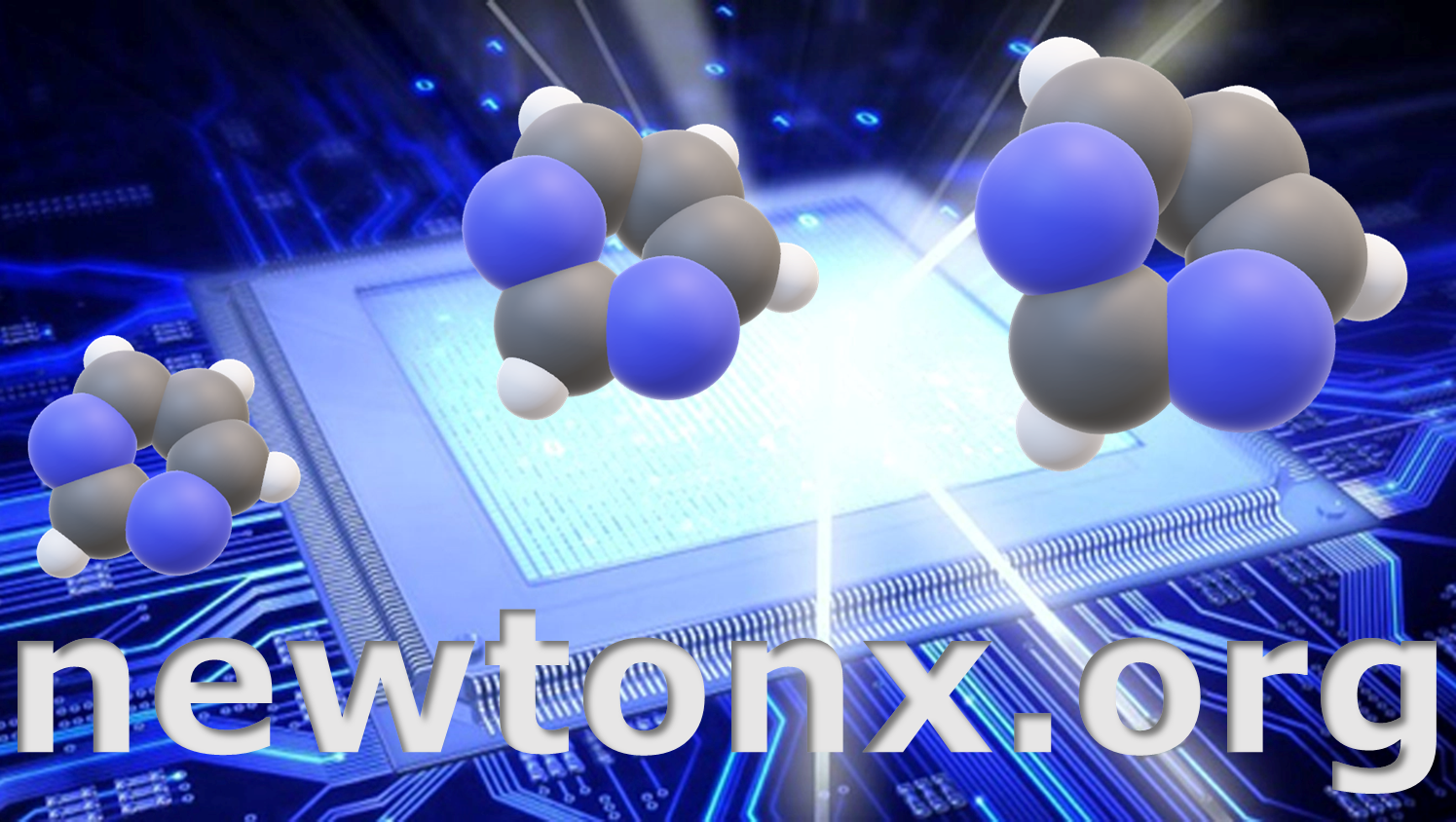COLUMBUS is one of the most flexible programs for MRCI and MCSCF.
In brief:
- For decades COLUMBUS has been one of the most flexible programs for MR calculations.
- Configuration spaces of several billion in size now can be treated quite routinely on standard parallel computer clusters.
- Emerging developments in COLUMBUS will allow practically unlimited configuration space dimensions.
A new paper about the COLUMBUS program system is out.
COLUMBUS allows highly efficient calculations using variational multireference (MR) methods in the framework of configuration interaction with single and double excitations (MR-CISD) and averaged quadratic coupled-cluster calculations (MR-AQCC), based on uncontracted sets of configurations and the graphical unitary group approach (GUGA).
The availability of analytic MR-CISD and MR-AQCC energy gradients, and analytic nonadiabatic couplings and fully variational uncontracted spin-orbit couplings for MR-CISD enables diabatization procedures and on-the-fly nonadiabatic dynamics, as well as exciting applications in many fields, including investigations of poly-radicaloid compounds, multitudes of excited states, and compounds containing heavy atoms up to lanthanides and actinides.
Thanks to an efficient parallel code for the CI step, COLUMBUS can treat quite routinely spaces of several billion configurations on standard parallel computer clusters.
Emerging developments in COLUMBUS, including the all configuration mean energy multiconfiguration self-consistent field method and the graphically contracted function method, promise to allow practically unlimited configuration space dimensions.
The first focus of this paper is to outline these emerging developments. The second focus is on delivering a showcase of many examples of applications using COLUMBUS for electronic structure and nonadiabatic dynamics problems. These examples, spanning fields of materials science, biological sciences, atmospheric chemistry, and heavy metal chemistry, should provide a practical guideline for applying the methods available in COLUMBUS..
COLUMBUS is freely available and its distribution includes executables for a simple compilation-free installation of the serial code along with the source code for the compilation of the parallel section of the CI calculation.
The COLUMBUS webpage contains detailed documentation and tutorials, which introduce the user to the main application types. Moreover, the tuition material of several COLUMBUS workshops, also available from the same webpage, provides a host of information about theoretical procedures and applications.
MB
Reference
[1] H. Lischka, R. Shepard, T. Müller, P.G. Szalay, R.M. Pitzer, A.J.A. Aquino, M.M. Araújo do Nascimento, M. Barbatti, L.T. Belcher, J.-P. Blaudeau, I. Borges, S.R. Brozell, E.A. Carter, A. Das, G. Gidofalvi, L. González, W.L. Hase, G. Kedziora, M. Kertesz, F. Kossoski, F.B.C. Machado, S. Matsika, S.A. do Monte, D. Nachtigallová, R. Nieman, M. Oppel, C.A. Parish, F. Plasser, R.F.K. Spada, E.A. Stahlberg, E. Ventura, D.R. Yarkony, and Z. Zhang, The generality of the GUGA MRCI approach in COLUMBUS for treating complex quantum chemistry, J. Chem. Phys. 152, 134110 (2020). doi: 10.1063/1.5144267,


